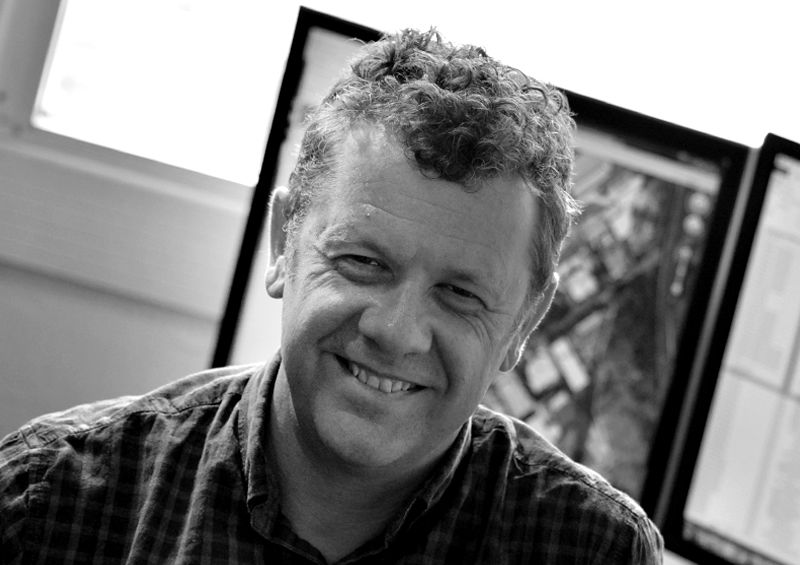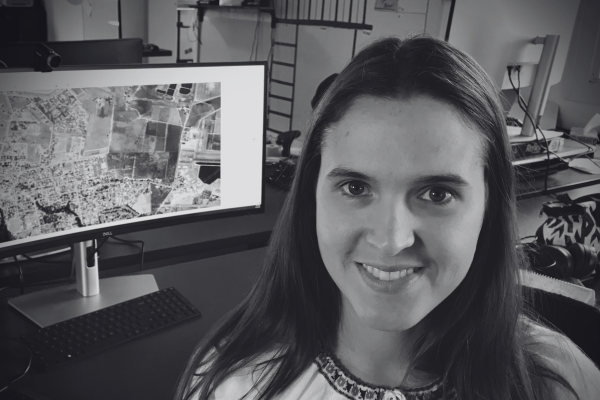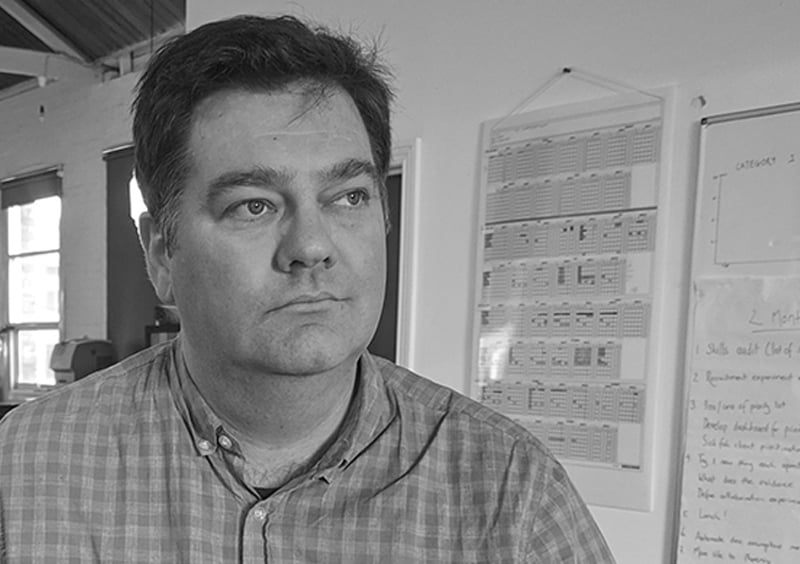The population and housing forecast for the South East Melbourne region
SA4s in region:
- Melbourne - South East
Version: 5.1.0
Read forecast analysis and insights for the South East region from Australia's largest independent population forecasting team.
Detailed forecasts are available for this region
Our premium services give you detailed forecast information for this region to help you invest in the right place, at the right time.
- Forecasts by age and sex
- Single-year forecast periods
- Custom local area geography
- Forecasts of housing and development
Menu
Read the insights and analysis behind our population and dwellings forecasts for the South East region.
About the South East Melbourne region
The South East Melbourne region comprises a single SA4, Melbourne - South East. This region is forecast to account for 15% of the total population growth of Victoria between 2021 and 2046.
The Melbourne - South East SA4 stretches from the middle ring suburbs of Ashwood and Chadstone, out east to the town of Bunyip in Gippsland, and down south to the townships of Pearcedale and Tooradin adjoining the French Island Marine National Park. It includes the entirety of Greater Dandenong, Casey, and Cardinia LGAs, most of Monash LGA (with the exception of Hughesdale), as well as approximately a third (by area) of Kingston LGA.
Notably, Melbourne - South East includes three of the upcoming new train stations as part of the Suburban Rail Loop East infrastructure project - Clayton, Monash, and Glen Waverley stations - as well as strategic Melbourne growth areas planned out though Precinct Structure Plans in Casey and Cardinia LGAs, such as Clyde North, Clyde South, Officer, and Pakenham East. The region is also significantly influenced by the ongoing densification around the Dandenong town center, and the planned redevelopment of the Sandown Racecourse to primarily residential uses.
Key findings
Melbourne - South East
Over the forecast period, the Melbourne - South East SA4 is projected to grow from a population of approx. 870,500 in 2021 to 1,298,000 in 2046 - an increase of 427,000 residents. Focusing on the Estimated Resident Population, the largest share of growth is predicted to occur in Cranbourne South and Clyde North - South SA2s (increasing to 6 and 5.3 times their 2021 population, respectively). Notable growth, relative to starting population, is also expected in Pakenham - North West, Pakenham - South East, Clyde North - North, Springvale, Clayton (North) - Notting Hill, and Clayton - Central SA2s. In 2046, the largest population is forecast to be residing in the Cranbourne South SA2, with over 100,000 people calling this area home. No meaningful population loss is predicted to occur from any area in this SA4 at SA2 level.
Taking a closer look at the likely trajectory for several SA2s of interest, Beaconsfield - Officer SA2 has been booming for the past decade, and particularly in the last intercensal period, however, supply is rapidly running out so we do not expect this area to yield large numbers of dwellings beyond the next 5 or so years. A similar story is found in the Clyde North - North SA2, with the late historic period being a poor indicator of the likely future under current conditions of land supply. On the other hand, Springvale SA2 is set to receive a substantial boost in its dwellings due to the proposed redevelopment of the Sandown Racecourse which is set to deliver as many as 7,500 dwellings. While consultations are still underway and plans are yet to be finalised, we expect this capacity to become readily available into the middle of our forecast period, which, combined with densification potential, should support this SA2 to yield annual dwelling additions far beyond what this area has been doing over the last two intercensal periods. Springvale SA2 is forecast to support a population of over 50,000 people by 2046.
It is important to note that while forming our baseline, the 2021 census occurred during the difficult period of COVID restrictions, and disadvantaged several areas in this region which typically house a large student population. This caused a high vacancy rate to be reported, and therefore a smaller-than-usual 2021 population. This was most notable in areas immediately surrounding Monash University in Clayton, as well as in Oakleigh - Huntingdale and Glen Waverley. We worked to rebalance this oddity early on in the forecast period to minimize the impact of this factor on the overall population size going forward.
The biggest emerging story from this vast SA4, is the challenge in maintaining a steady inflow of people into a region facing increasing land supply pressures. The graph below demonstrates the dwelling allocations made into the SA2s in this region over the forecast period, grouped by the housing supply characteristic of being a (primarily greenfield) growth front area, versus an established area densifying significantly, versus SA2s which do not distinctly fall into either of the two groups. A clear trend is the diminishing role that the remaining growth fronts will play over time, as densification has to step up across major activity centers in established suburbs to meet the supply gap.
This means almost unprecedented activity around the three upcoming SRL East train stations, as well as in the town centers of Dandenong and Cranbourne. We will continue to closely monitor Melbourne - South East for any changes to the urban growth boundary or adjustment of demand for this part of the city.
What share of Australia's growth will occur in Victoria?
We set the context for our local area forecasts with a presentation of our state- and regional-level forecasts for Victoria.
Access the presentation slides (including our forecast data for each region), and a short recap or the full webinar presentation on-demand. Learn what's driving change and how much growth will go to each region of the state over the 25 years to 2046.
Forecast results
The following forecast information presents the combined numbers for the Melbourne - South East SA4.
Learn more about the different options to access these forecasts for Local Government Areas (LGAs), suburbs, custom catchments or the entire state or nation here.
| 2021 | 2026 | 2031 | 2036 | 2041 | 2046 | |
| Forecast Population | 870,480 | 973,638 | 1,059,767 | 1,140,936 | 1,220,194 | 1,297,788 |
| Change (five year) | - | 103,158 | 86,129 | 81,169 | 79,258 | 77,594 |
| Average Annual Change (%) | - | 2.27% | 1.71% | 1.49% | 1.35% | 1.24% |
| Forecast Dwellings | 310,945 | 342,784 | 375,322 | 407,881 | 440,281 | 472,688 |
| Change (five year) | - | 31,839 | 32,538 | 32,559 | 32,400 | 32,407 |
| Average Annual Change (%) | - | 1.97% | 1.83% | 1.68% | 1.54% | 1.43% |
forecast.id
for LOCAL GOVERNMENT
Plan for the changing needs of your community with a trusted forecast of population and housing in your LGA, published in an accessible online tool.
forecast.id
for LOCAL GOVERNMENT
Plan for the changing needs of your community with a trusted forecast of population and housing in your LGA, published in an accessible online tool.
forecast.id catchments
for LOCAL GOVERNMENT
Access detailed forecasts and powerful map-based reporting that helps your teams plan more effectively within and beyond your Local Government Area.
forecast.id premium
for INDUSTRY
Bring the full power of our National Forecasting Program into your organisation. We'll work with you to tailor a data partnership supported by our experts.
forecast.id premium
for INDUSTRY
Bring the full power of our National Forecasting Program into your organisation. We'll work with you to tailor a data partnership supported by our experts.
forecast.id partners
for INDUSTRY
Our pay-per-download program gives our consulting partners instant access to reliable and respected forecast information on a project-by-project basis.
forecast.id partners
for INDUSTRY
Our pay-per-download program gives our consulting partners instant access to reliable and respected forecast information on a project-by-project basis.
forecast.id hotspot report
for INDUSTRY
Find a location near the people you serve with a tailored report that identifies up to ten locations with the highest number of people in your target demographic.
forecast.id hotspot report
for INDUSTRY
Find a location near the people you serve with a tailored report that identifies up to ten locations with the highest number of people in your target demographic.
forecast.id location report
for INDUSTRY
Whether you're investing in a new location or checking your current strategy is on track, forecast.id location reports quantify future demand for a known location.
forecast.id location report
for INDUSTRY
Whether you're investing in a new location or checking your current strategy is on track, forecast.id location reports quantify future demand for a known location.






.png?width=600&height=400&name=Meet%20the%20team%20%20Oliver%20Bowering%20(1).png)
